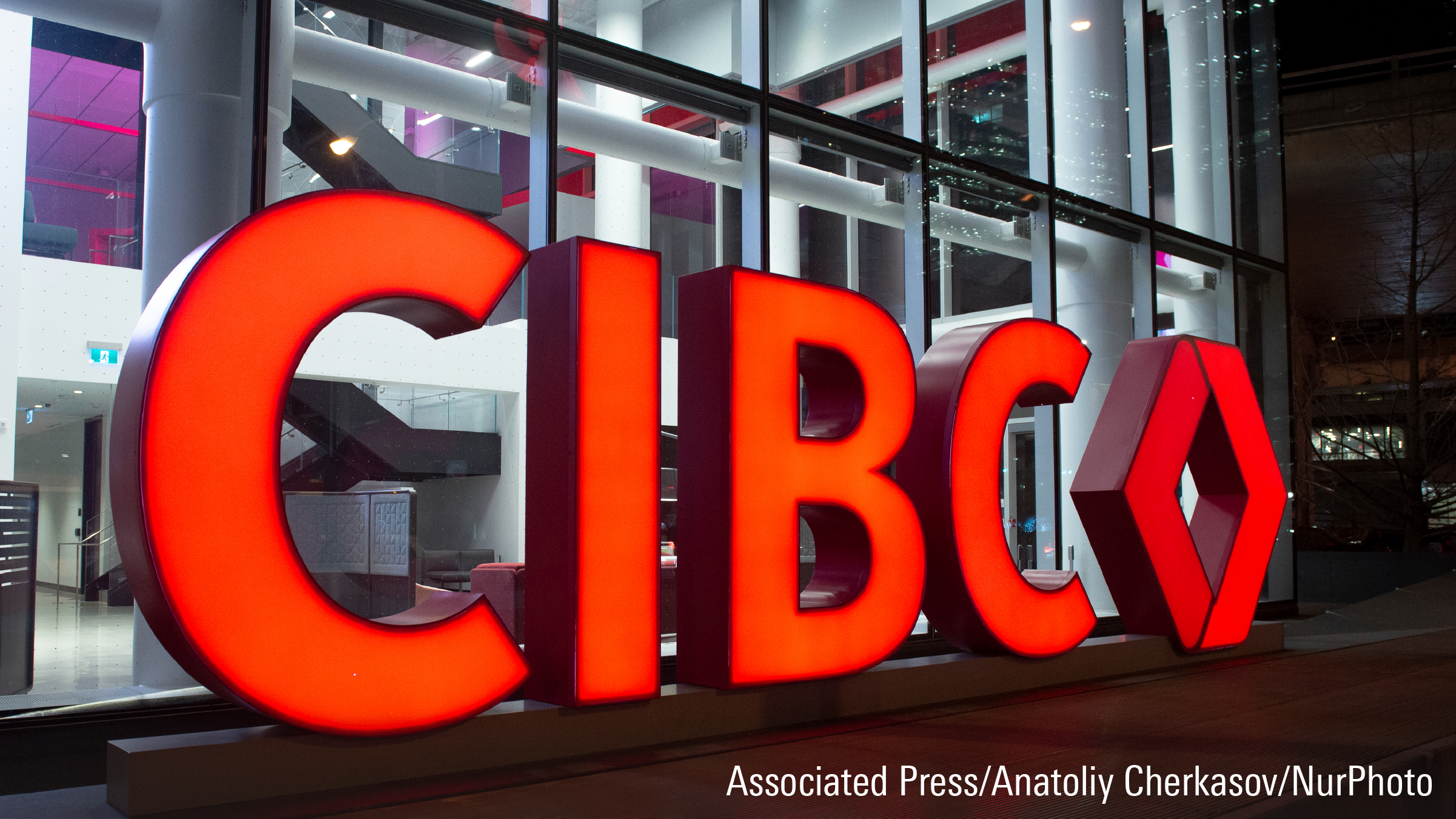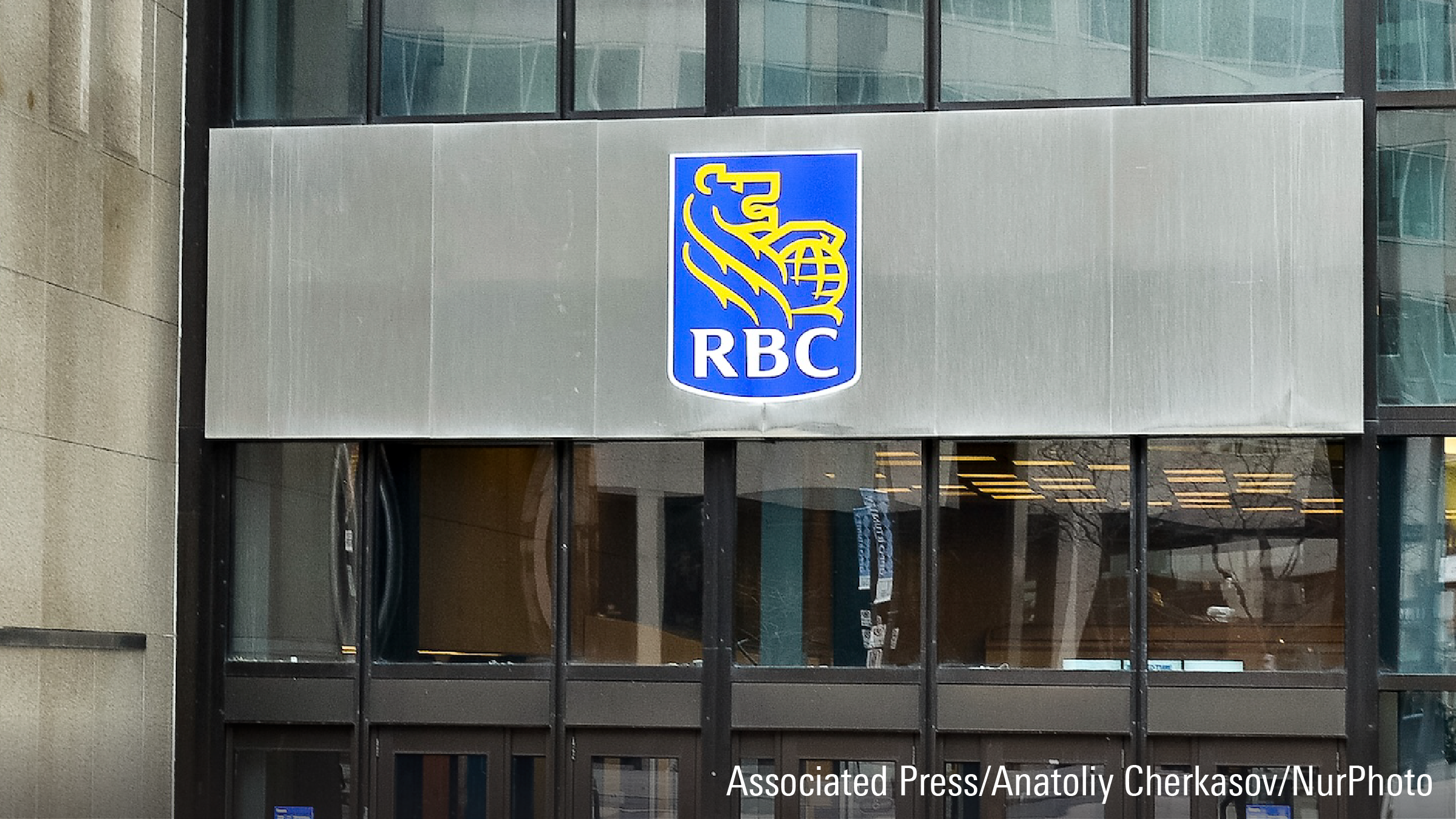![]() IShares Edge MSCI Minimum Volatility Canada ETF (XMV) offers a well-crafted approach to reduce volatility for a low fee. It should offer a smoother ride and better risk/reward profile than most of its peers, and our confidence in that assessment has grown, warranting an upgrade to a Morningstar Analyst Rating of Silver from Bronze. That said, this strategy has not yet been tested in a major market downturn.
IShares Edge MSCI Minimum Volatility Canada ETF (XMV) offers a well-crafted approach to reduce volatility for a low fee. It should offer a smoother ride and better risk/reward profile than most of its peers, and our confidence in that assessment has grown, warranting an upgrade to a Morningstar Analyst Rating of Silver from Bronze. That said, this strategy has not yet been tested in a major market downturn.
The exchange-traded fund attempts to construct the least volatile portfolio possible with stocks from the MSCI Canada Index, which includes large- and mid-cap names, under a set of constraints. These include limiting turnover, exposure to individual names and sector tilts relative to the MSCI Canada Index, helping to mitigate unintentional bets. This strategy doesn't just target the least-volatile stocks. It also takes into account each stock's exposure to common risk factors and how they interact with each other to affect the portfolio's overall volatility.
The portfolio includes around 70 holdings, such as ![]() The Toronto-Dominion Bank (TD),
The Toronto-Dominion Bank (TD), ![]() Thomson Reuters (TRI) and
Thomson Reuters (TRI) and ![]() TransCanada (TRP). While many of these firms have lower volatility than average, more-volatile names can make the cut if they have low correlations with the other stocks in the portfolio and help reduce the overall portfolio's volatility.
TransCanada (TRP). While many of these firms have lower volatility than average, more-volatile names can make the cut if they have low correlations with the other stocks in the portfolio and help reduce the overall portfolio's volatility.
So far, the fund's approach has worked well. From August 2012 through June 2017, the fund exhibited 19% less volatility and 13% less market risk sensitivity than its parent index. And it outpaced the benchmark by 98 basis points annually during that time, partially because of its underweighting in the basic-materials sector and overweighting in consumer defensive stocks.
Performance will not always be strong. The fund will likely lag during bull markets and probably won't generate market-beating returns over the long run. But it should hold up better than most of its peers during downturns and offer better risk-adjusted returns than the MSCI Canada Index over a full market cycle. Its holdings may be priced to offer attractive returns relative to their risk because their tendency to lag in bull markets can make them unattractive to benchmark-sensitive investors.
Historically, less volatile stocks have offered better risk-adjusted returns than their riskier counterparts. This portfolio doesn't offer pure exposure to the low-volatility effect documented in academic literature, but it should benefit from it, as it tends to overweight less volatile stocks. The fund has greater exposure to the defensive telecom, consumer defensive and utilities sectors than the MSCI Canada Index, and less exposure to financial-services, basic-materials and energy stocks. But because the fund limits its sector tilts relative to this benchmark, financial-services stocks still soak up a sizable portion of the portfolio.
The defensive characteristics that the fund's holdings possess don't come cheap. They currently trade at a slightly higher multiple of forward earnings than the constituents of the MSCI Canada Index. However, they have a comparable market-cap orientation. These holdings may also be more sensitive to interest-rate changes than most because they tend to have less cash flow growth during economic expansions to offset the negative impact of rising rates.
The index that this fund tracks draws on the Barra Equity Model for estimates of each stock's volatility, sensitivity to risk factors, and the covariances between them. MSCI then feeds this data into an optimization algorithm that selects the constituents and weightings expected to have the lowest volatility, subject to several constraints. These constraints keep stock weightings between 0.05% and 3% of the portfolio, sector weightings within 5% of the MSCI Canada Index, and one-way turnover limited to 10%. The algorithm also applies constraints to limit tilts to other factors, such as value. These constraints help mitigate unintended bets, but they may also reduce its style purity. Additionally, the model implicitly assumes that past volatility and correlations will persist in the short term, which has historically held. The index is reconstituted semi-annually in May and November.
While there are cheaper market-cap-weighted index alternatives, the fund's 0.34% management expense ratio still gives it a considerable advantage over its actively managed rivals. Indeed, the median Canadian Equity fund levies a 1.19% management-expense ratio.


















